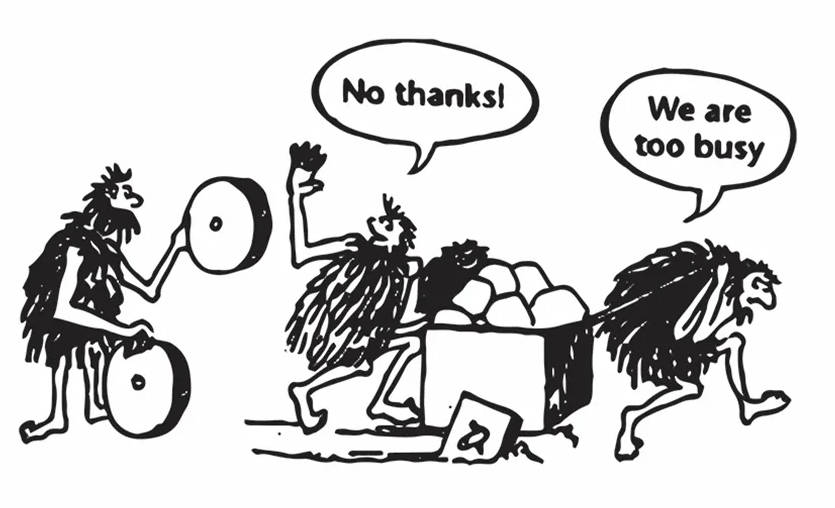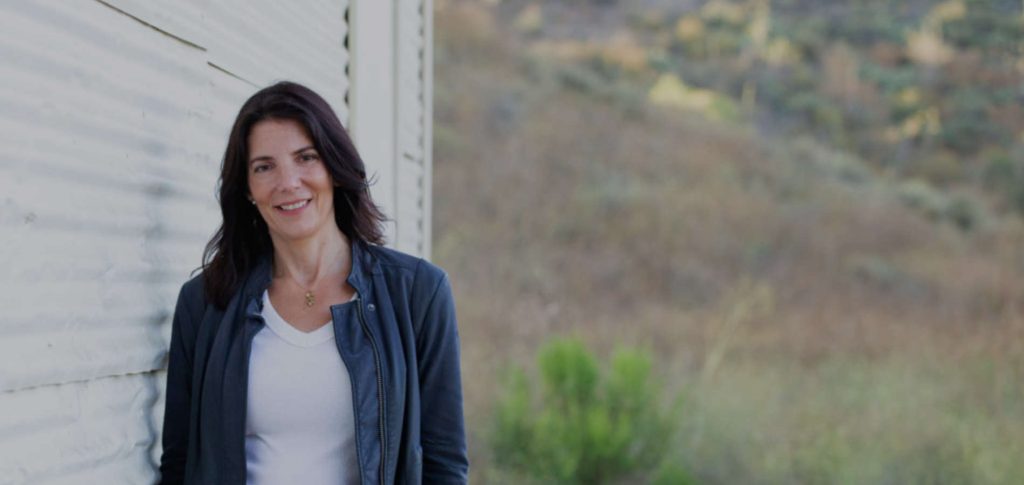A newsletter that started as a personal learning and getting-in-touch project by Ivan Krnic grew into a sociotechnical newsletter covering topics of technical excellence, organizational improvements, and productivity.
Sharpening the saw
I came across a tweet by Gergely Orosz the other day and I think he really hit the nail on the head with this one.
The biggest challenge the software engineering industry has today is not related to engineering.
It’s related to teaching.
How can we train (very) junior engineers to get to a level where they are autonomous enough, in a reasonable timeframe? Can we do this in a remote setting?
— Gergely Orosz (@GergelyOrosz) December 11, 2021
With an enormous demand for software engineers and GPT-3 not yet ready to talk to customers, apply DDD, or build the whole applications, we need to build our skills across all roles. But, how often do we stop to sharpen our saw?

One experiment that we’re currently running is inspired by the concept of Enabling Teams and maybe it can help as an inspiration to you too.
We have found two of our finest senior engineers and team leaders with a knack for systems thinking and turned them into an Enabling team. Their task is to talk to the teams, unearth the problems and bottlenecks, and together with teams devise an improvement plan. Enabling team will not take over the work from other teams. It will however help other teams solve the problems on their own by sharing their experience, putting together options, designing PoCs, helping teams towards a better organization, build new skills, etc.
Just like a skillful coach, Enabling Team will bounce between the roles of a teacher, mentor, consultant, and coach, helping the teams be better than yesterday.
Enabling Teams are just like Mary Poppins! They are here to help other teams grow, but once their teams are all grown up, their work is done and they move to other immature teams.
Isn’t that supercalifragilisticexpialidocious?
Interview of the Month

Dev productivity with Maxim and Hezheng
What if you could make decisions in your development teams based on pure data from your developer tools? I had a great conversation with Maxim Wheatley and Hezheng Yin from Merico about developer productivity and how their DevLake tool supports it.
Would you like your new hires to deploy to production on Day 1?
Would you like to be like Etsy?
Kustodian tackles the eternal problem of developer onboarding and environment configuration by provisioning and managing roles and permissions to digital assets in all systems that support software development lifecycle.
Kustodian enables you to hit the ground running on Day 1.
Hand picked
Being glue – “You know that thing where everyone on a software engineering team turns up and just writes code for eight hours a day and then later the project is successful? No, you don’t. Projects don’t work like that!” Indeed they don’t. Tanya Reilly points out that there are always people that demonstrate technical leadership by connecting the dots, recognizing where things are slipping through the cracks, and unblocking other people. In essence, they help other people on the project deliver their best. Who are these people in your company? Do you give them enough credit for what they do? If these people are your technical leads, pay extra attention to their career paths and help them balance their technical and leadership contributions.
Rethinking the Concept of Software Quality Through Agile Eyes – Alessandro Diaferia is connecting fundamental agile principles with a typical urge to build a “super-quality” product from the start. If quality is fit for purpose, and purpose is still unclear at the beginning of the project, how can you build quality from the start if you don’t know what you’re aiming for? Alessandro shares some tips on how to approach quality when working agile.
Each necessary, but only jointly sufficient – Have you been looking for a root cause recently? Sure you have! John Allspaw shares why looking for a root cause of failure is a flawed approach. Complex socio-technical systems are not only about components but also their interactions. Those interactions are inherently nonlinear and can result in unexpected cascading failures. Looking for a root cause of failure is like looking for a root cause of success. Do you think you can pinpoint what is the one single thing that made your project successful? Hardly… It’s not that methods such as “5 Whys” are useless, it’s just that we need to be aware of their limitations.
Complexity is killing software developers – Looking at the technical landscape today, delivering one service to the customers is infinitely more complex than ever before. The number of available frameworks, libraries, cloud services, and good practices is exploding. As opposed to the traditional monolithic approach where we basically had one option to choose from, now we have a zillion. Scott Carey is reflecting on this situation – it seems that the pendulum is swinging back and the era of building primitives is over giving way to the new era of consolidating those primitives into working platforms.
Read with us

Working Backwards: Insights, Stories, and Secrets from Inside Amazon
Colin Bryar and Bill Carr are sharing an insider view on ways of working that propelled Amazon to be one of the fastest-growing companies and an undisputable innovator in the business and technology domain.
Although we’ve all heard stories of two-pizza teams, this book goes deeper and explains fundamental principles underpinning two-pizza teams and many other practices.
Love letter to QED conference
For 15 years we have been organizing the QED conference.
The goal of the conference is always to gather business and IT leaders from enterprise organizations and share ideas and concepts that are underpinning modern software delivery. And we always try give a holistic view from all perspectives: organizational, technical and product perspective.
Last year we had to skip the real conference and go for a lighter version – hopefully you attended our QEDx, if not – I encourage you to watch the rerun
This year, we have high hopes that we will be able to organize a real physical event, with all precautionary measures, of course. Target date is end of May and target location is the Adriatic coast.
Stay tuned for more info and in the meantime see what it was like in 2019!
Header photo by Manki Kim on Unsplash
Falls Sie Fragen haben, sind wir nur einen Klick entfernt.



